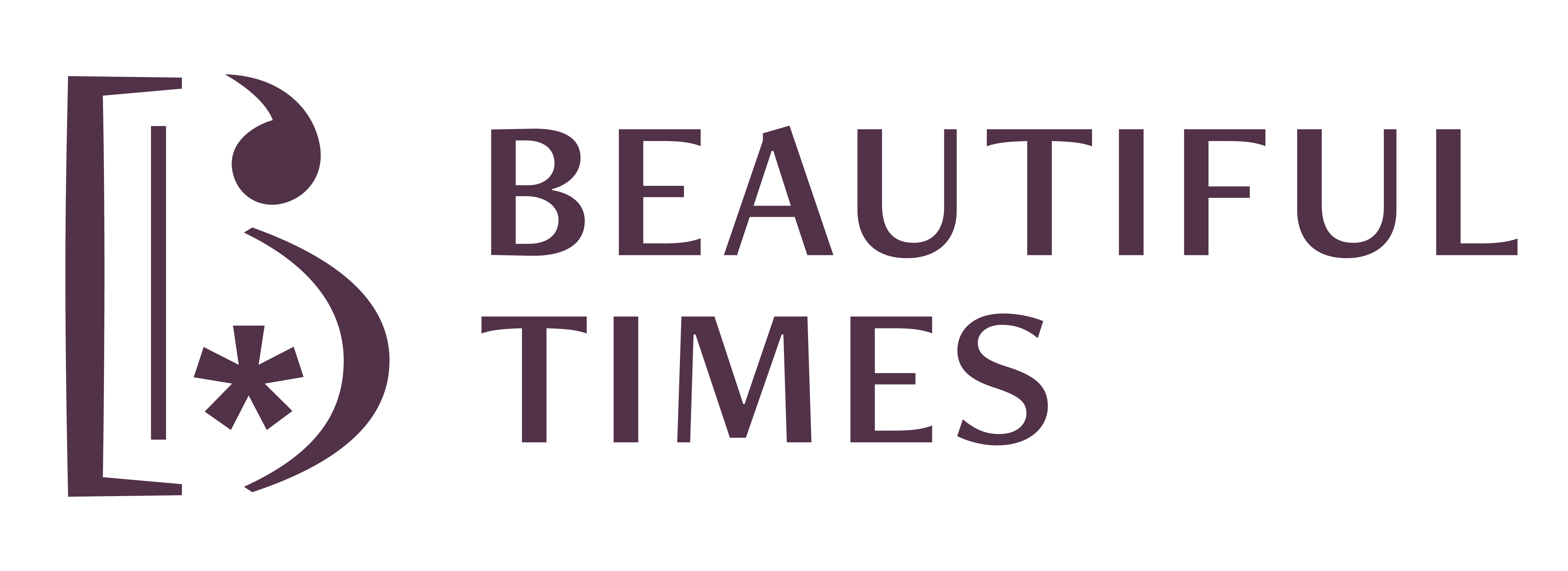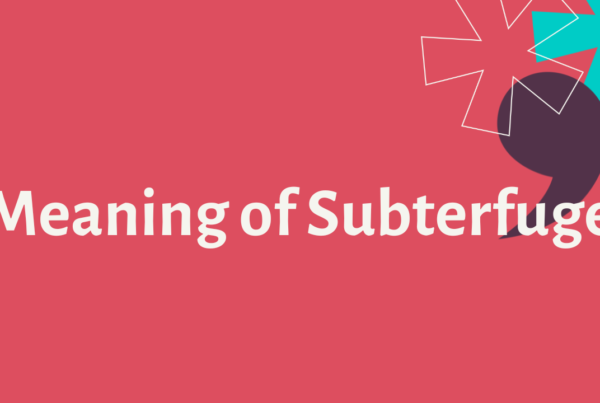The world of work is ruled by communication, irrespective of whether you are communicating by written or oral method, it is important to understand and be understood. Not necessarily in an office atmosphere, even otherwise it is important for all of us to speak and communicate with each other effectively. But often enough there are several gaps in the communication process often leading to miscommunication, misunderstanding and the results being not as per expectations. The 7 powerful yet simple ways to communicate is time tested and handed down through generations and acts a framework for all of us to adopt in our verbal and nonverbal communication.
The 7Cs of Communication
- Clear:
Be clear when communicating with others. If you are speaking, speak slowly and deliberately using ordinary words that can be understood by all. You can tailor your speaking style based on the audience you are addressing, if you are presenting before the senior management then using a sophisticated language will help, on the contrary if you are engaging a bunch of newcomers it is essential you do not confuse them with jargons but speak directly. Ensuring you are being understood clearly is the key, and likewise for written communication. Always better to avoid long sentences, instead use short ones with bulleting and lists so that the written piece is not a verbal deluge but a neatly crafted edible piece of information.
- Concise
Brevity is the beauty of writing and speaking. Learning the art of concise information will open up abundant possibilities for you as no one has the time in the present-day world to read multiple paragraphs for knowing the basics. So, edit mercilessly if you are writing an email or an essay. Likewise, in speech, the more you say the more confusing and complex you tend to become. Avoid redundancies, overuse of adjectives and complicated words.
- Concrete
Having addressed the above two, the next step is being concrete, which in other words means avoiding ambiguity. And backing your writing or speech with supporting evidence and analysis. Thus, making sure every statement is well supported and they can deliver value to the reader and is relevant to them.
- Correct
While it is important to be concrete in your communication with evidence and facts, what is more crucial is that the facts are accurate and correct. The communication loses its flavour the moment the reader or the audience know that incorrect data is being presented.
- Coherent
Are your sentences flowing into each other or are they chopped and disjointed? Specially in written communication presenting an idea or a thought in a paragraph will help the reader understand much better. It is not a good idea to present too many thoughts within a sentence and have connecting lines to show the relationship between ideas.
- Complete
Assuming you are providing call to action in your communication, you will have to ensure that the reader is able to act on the call-to-action information you have provided. Your audience must be guided properly with your communication if you fail to furnish extra information as mentioned in the body of your message, then you will lose out the audience attention and your message is incomplete.
- Courteous
The tone of your message is another important dimension, the reader can sense if you are keen or not. Salutations and a polite yet professional tone is mandatory, be friendly without being too casual. Respect the reader his/her time and even if you are conveying bad news, it does not have to direct lacking finesse, instead start with positive affirmations and then move on to the point you wish to convey.






